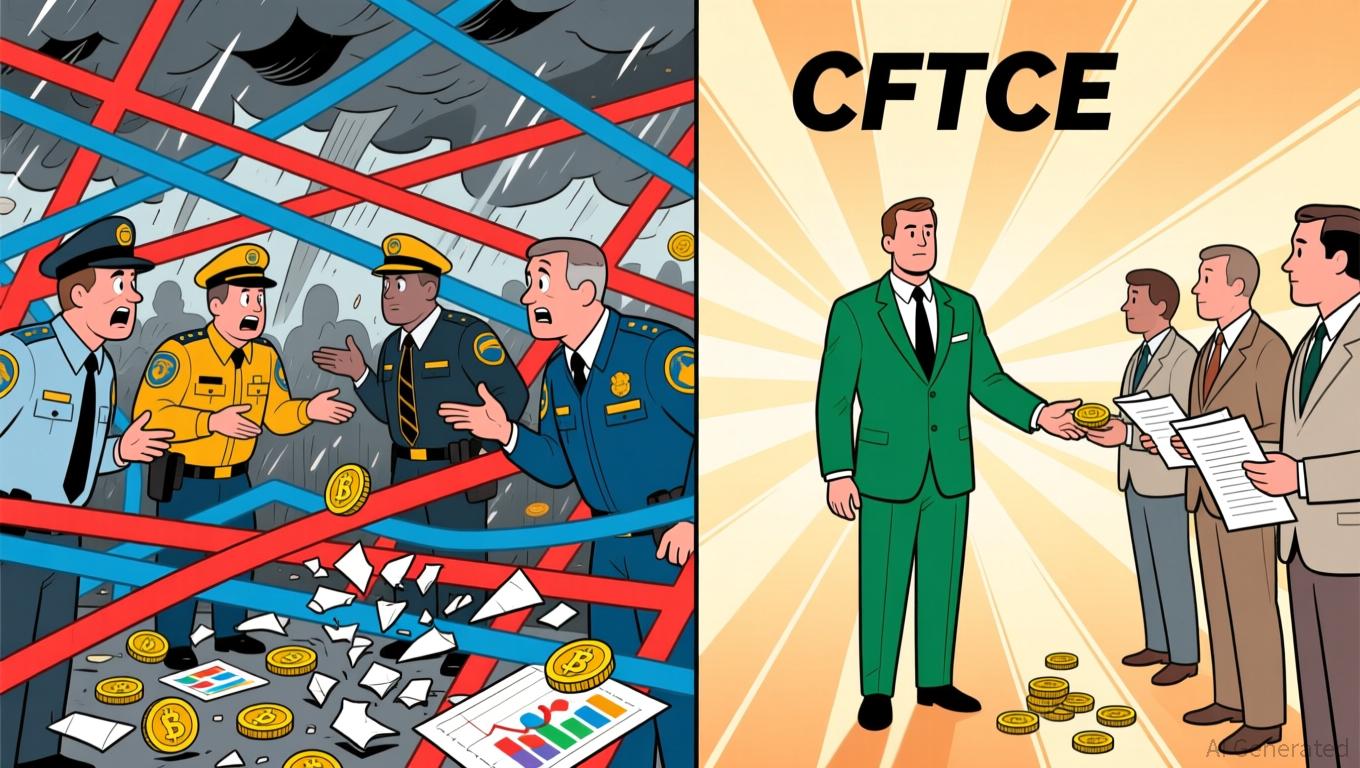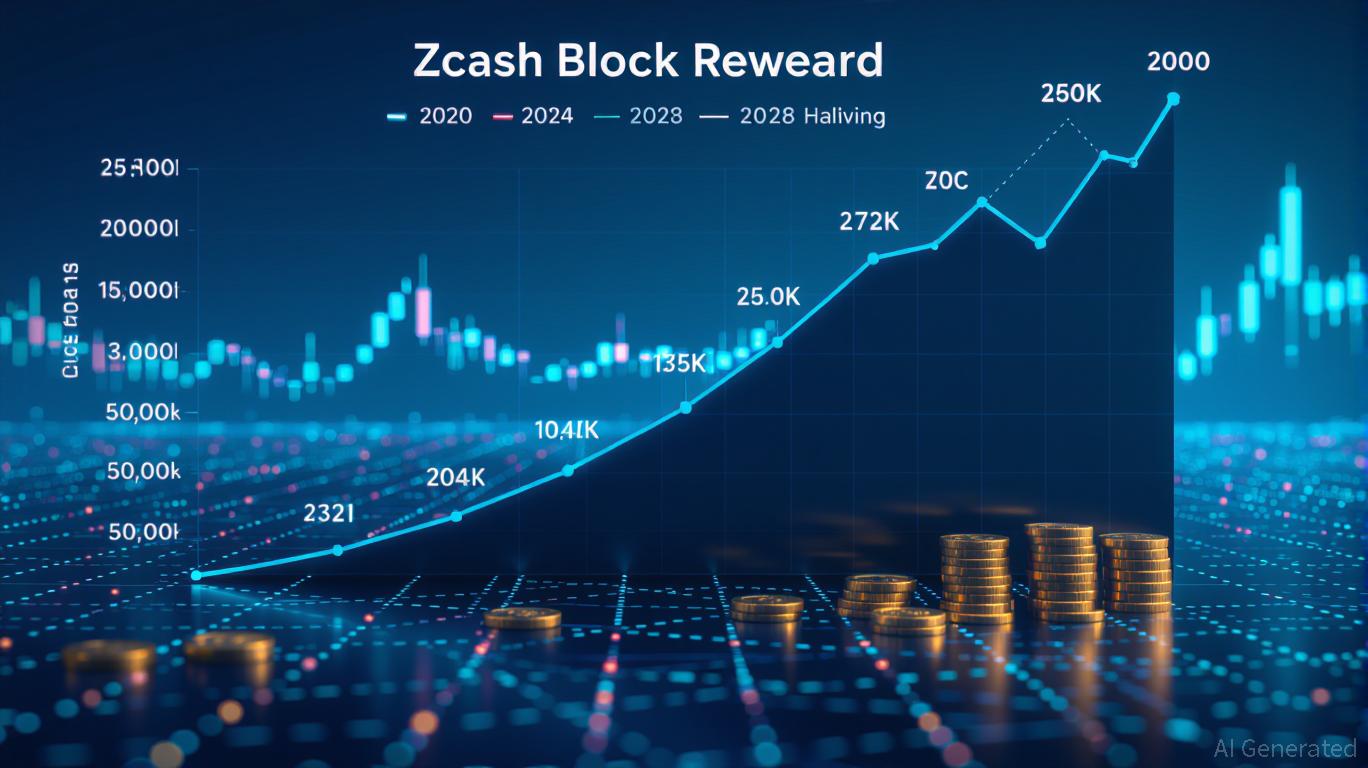Bipartisan Legislation Assigns Crypto Regulation to CFTC to Clarify Oversight Uncertainty
- U.S. lawmakers propose shifting crypto regulation from SEC to CFTC via a bipartisan bill, reclassifying most digital assets as commodities. - The draft aims to resolve regulatory ambiguity stifling innovation, building on stalled House CLARITY Act efforts during the 38-day government shutdown. - Market optimism surged as shutdown relief pushed Bitcoin above $105k, with ETF outflows persisting amid anticipation of clearer CFTC-led oversight. - Critics warn of CFTC resource constraints, while proponents hi
The regulatory environment for cryptocurrencies in the United States is experiencing a significant transformation as lawmakers from both parties propose shifting oversight from the Securities and Exchange Commission (SEC) to the Commodity Futures Trading Commission (CFTC). Senators John Boozman (R-Ark.) and Cory Booker (D-N.J.) have introduced a draft bill that would make the CFTC the chief authority over spot digital commodity markets, effectively categorizing most cryptocurrencies as commodities instead of securities
This legislative effort builds upon the CLARITY Act, which was previously approved by the House to clarify crypto regulation but was put on hold during the 40-day federal government shutdown that started in late October

The Senate’s proposed legislation highlights a growing agreement that the SEC’s enforcement-centric strategy has impeded the development of the crypto sector. By transferring regulatory duties to the CFTC—an agency with a background in commodities—the bill aims to foster innovation while ensuring consumer safeguards
Market observers are paying close attention to how this regulatory shift could affect ongoing ETF approvals. The CFTC’s expanded oversight of spot markets may simplify the approval process for crypto ETFs, though there are still unresolved questions regarding the regulation of staking services and stablecoins
Disclaimer: The content of this article solely reflects the author's opinion and does not represent the platform in any capacity. This article is not intended to serve as a reference for making investment decisions.
You may also like
Zcash Halving 2025: Impact on Cryptocurrency Markets and Investment Approaches
- Zcash's next halving in late 2028 will cut block rewards to 0.78125 ZEC, accelerating its 21M supply cap. - Historical data shows 500%+ price surges post-halving, driven by scarcity and growing institutional adoption like Grayscale's $137M Zcash Trust. - Privacy-focused demand and counter-cyclical price trends highlight Zcash's unique role, though regulatory risks to shielded transactions persist. - Investors are advised to balance long-term positioning with diversification and monitor utility-driven upg

Uniswap News Today: Uniswap’s UNIfication Proposal Sparks Debate Between Liquidity Incentives and Protocol Security in a Crucial Trial
- Uniswap's UNI token fell 20% to $8.246 after a whale deposited 1.19M tokens on Binance, incurring a $914k loss from $11.45M accumulated in 2025. - The UNIfication proposal aims to redirect trading fees to token holders, burning 100M UNI ($800M) and restructuring governance to boost protocol growth. - UNI surged 48% to $10.30 post-proposal but underperformed broader crypto markets, while Binance launched an ALLO AI coin airdrop for HODLers.

U.S. Shutdown Ending : Crypto Gains, ETF Approvals on Horizon

ICP Network's Rapid Expansion in November 2025: How Institutional Interest in Decentralized Web Infrastructure Impacts Investment
- ICP surged 385% in Nov 2025 as institutional adoption accelerated via Microsoft/Azure partnerships and AI-driven Caffeine platform. - DeFi TVL hit $237B by Q3 2025, driven by real-world asset tokenization and Neuron Fund governance incentives. - Challenges include 22.4% Q3 dApp engagement drop and unconfirmed Coinbase Launchpad rumors, amid regulatory compliance demands. - Institutional traction validates ICP's enterprise blockchain potential but exposes volatility risks in TVL, DApp activity, and market
